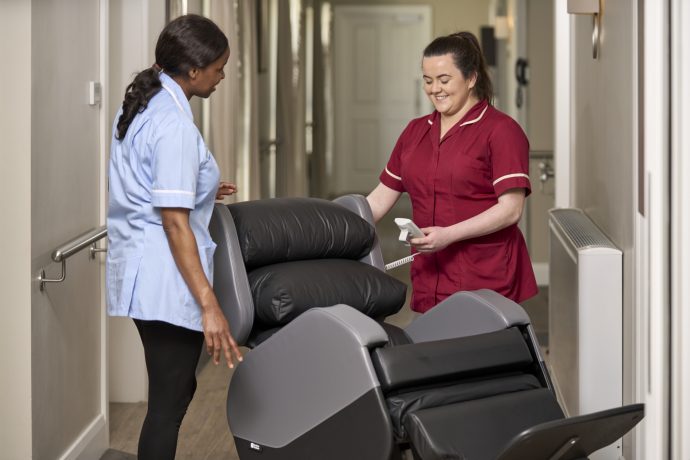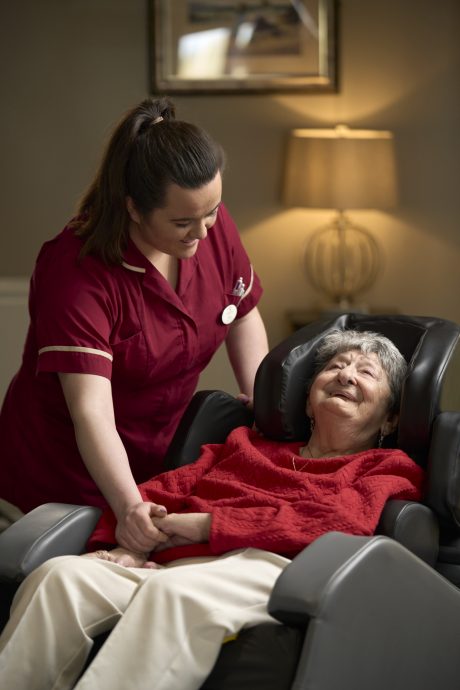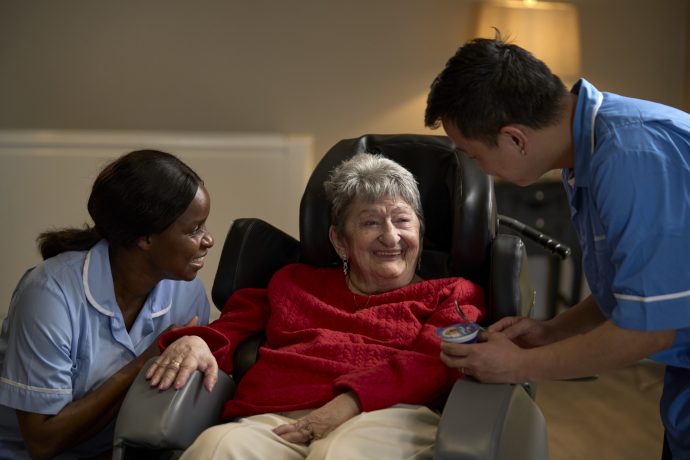
2nd September 2025
Empowering clinicians with expert-led training on clinical seating, pressure injury prevention, and best practice.
Learn More

Let our online product finder guide you through our simple steps to choose the chairs that best meet your patient’s needs.
Seating Solution FinderThe Envelo cushion provides excellent pressure redistribution and comes as standard on all Seating Matters chairs, meeting the clinical needs of most clients.
Explore Envelo RangeSeating Matters specialises in clinical, therapeutic seating solutions designed to improve patient care and safety, offering products for pressure injury prevention, postural support, and mobility assistance in healthcare settings.
Learn MoreDiscover how Seating Matters has transformed lives with our innovative seating solutions - read our inspiring customer success stories now!
Customer StoriesUsed in academia, in clinical practice and with caregivers around the world to guide their practices around specialist seating.
Download Free Handbook

In clinical, therapeutic seating the footplate is essential in order to stabilize the feet which can effect posture, function and the overall quality of life for a patient.
If the patient is not properly loaded or supported in their chair they may be forced into a posterior pelvic tilt and may use their feet/heels/ankles to stabilize themselves. The heels/ankles are bony prominences, which can be subject to pressure ulcers/injuries if the body and the feet are not loaded properly. The stability of a patient's feet being fully loaded on an appropriate footplate can reduce the risk of sliding and falls from the chair, and contributes to good posture in sitting.
Increased Function: Loading the feet properly on an appropriate footplate makes the patient more stable and secure in their chair, especially during transfers. When a patient is stable they feel safe within the chair, and with their feet firmly resting on the footplate, they are able to maintain a greater level of independence and can assist in seated to standing transfers allowing them some mobility.

Things to consider:
If the seat depth is too short they may exert more pressure through the feet and if the seat depth is too long they may be at risk of being pulled into a posterior pelvic tilt/sacral sitting position, increasing the risk of pressure injuries in this exposed area of the sacrum.
That is why all of the Seating Matters chairs come with a footplate as standard.
To learn more about clinical seating provision, request a copy of The Clinician's Seating Handbook for a more in-depth look at seating in care facilities, hospitals and private homes.
Sign up to our mailing list to get practical tips and latest research delivered to your inbox!
Take the next step to achieve clinical excellence and a 24 hour package of care for patients.

Arrange a free, no obligation assessment of clinical, therapeutic seating.

Schedule a call at a time that suits you to speak with our experts.

Download your copy of The Clinician's Seating Handbook

2nd September 2025

15th August 2025

15th August 2025